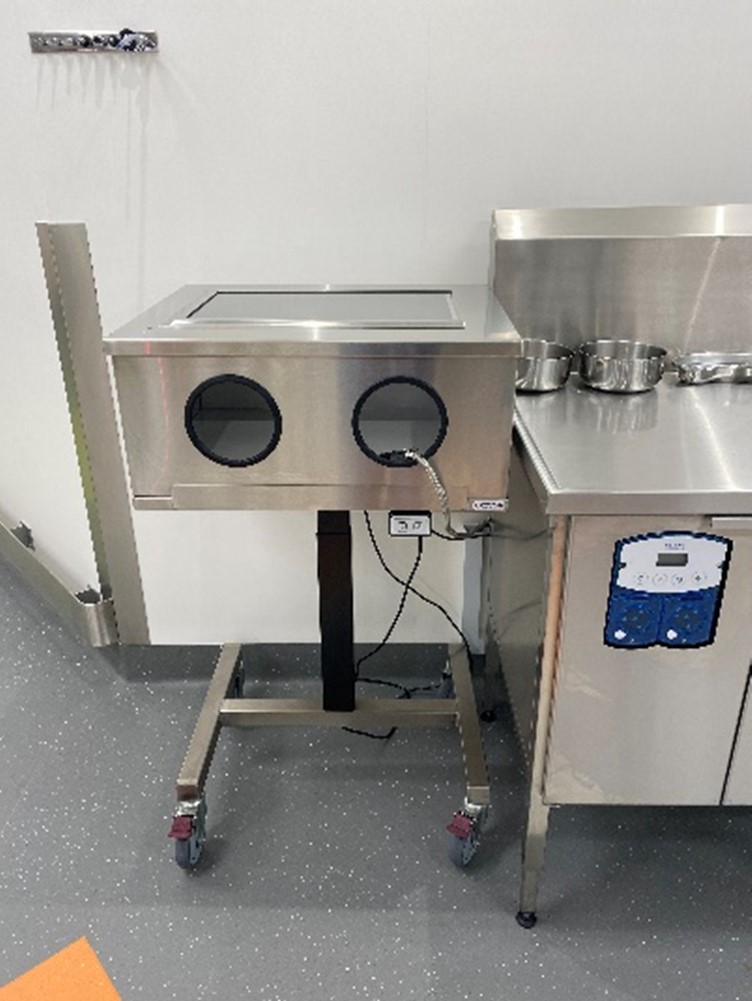Selecting the appropriate oil/air spray booth is crucial for maintaining high standards of instrument care and infection control in a Central Sterile Services Department (CSSD). This guide will help you navigate the selection process, ensuring you choose a spray booth that meets the unique demands of a CSSD environment.
– Types of medical instruments requiring lubrication
– Volume of instruments processed daily
– Specific lubricants used in your facility
CSSD oil/air spray booths are primarily used for applying a fine mist of lubricant to hinged or jointed surgical instruments after cleaning and before sterilization.

CSSD environments often have limited space, so consider:
– Compact Footprint: Look for booths that maximise functionality in a small area.
– Integration with Workflow: Ensure the booth fits seamlessly into your instrument processing line.
While budget is always a consideration, in healthcare settings, it’s crucial to balance cost with quality and compliance:
– Initial purchase and installation costs
– Ongoing operational costs (energy, lubricants)
– Maintenance requirements and associated expenses
Investing in a high-quality oil/air spray booth can lead to long-term savings through improved instrument longevity and reduced repair costs.
– Compliance: Ensure the spray booth meets relevant healthcare standards and regulations.
– Training Support: Look for manufacturers that offer training for your staff on proper use and maintenance.
– Service and Support: Choose suppliers with strong after-sales support and readily available spare parts.
After considering these factors, consult with experienced CSSD staff and infection control specialists in your facility. Their insights can be invaluable in making the right choice.
Explore our spray booth options tailored for CSSD environments. Our team is always ready to assist you in making the best choice for your specific needs, ensuring you have the right equipment to maintain the highest standards of instrument care and patient safety.
Citations:
https://f1000research.com/articles/13-444
https://www.semanticscholar.org/paper/Optimization-of-Instrumental-Workflow-in-CSSD-at-Poonthamil-Pratap/76f5eebca472e20e040e35a1a147fda0fe65e60b
https://apm.amegroups.org/article/view/96397/html
https://www.asp.com/sites/default/files/2022-05/AD-200101-01-CT_B-MDR%20Efficiency%20in%20the%20CSSD%20eBook_TM_N.pdf
https://pmc.ncbi.nlm.nih.gov/articles/PMC10946169/
https://pmc.ncbi.nlm.nih.gov/articles/PMC10229034/
https://www.afro.who.int/sites/default/files/2024-03/CSSD%20Guideline_final_31%20Oct%202023%20(2).pdf